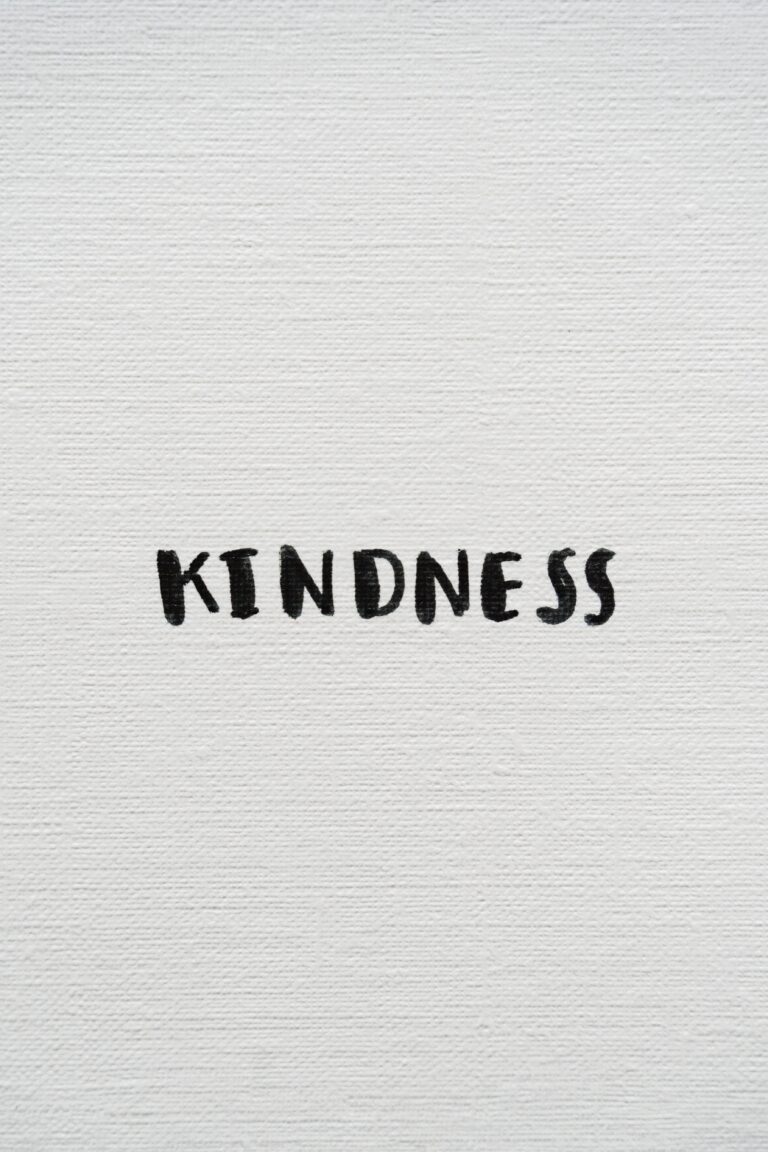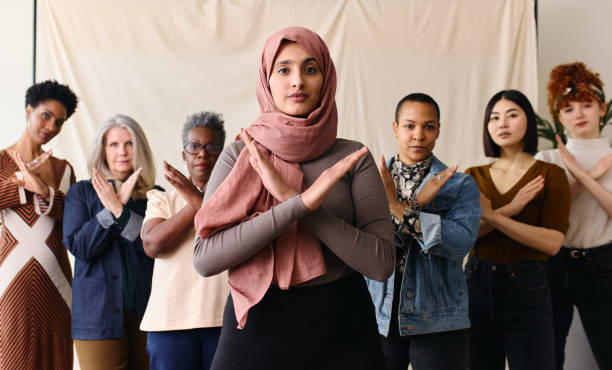
Over the years, sports has generally gained acceptance and likeness in the world all over. However, the discussion of equal pay for both gender in sports has only come to light recently. People break banks – literally – just so they could be able to travel around the world annually and participate in one sporting event or another. Stadiums are always filled to the brim with fervent supporters, while fans throng congested parks with the aim of catching a live action of these games.
The history of women’s participation in sports began tentatively in the 19th century, steadily advancing to its rooted position now. One would have thought that with this advancement as well as the unrivaled rate of popularity for women in sports, that gender disparity – especially in terms of pay – would be non-existent. But no, this is not the case. The gap between the female and male athletes is stealthily increasing on the daily and is presently as wide as the Amazon river.
Let’s bring it home with some statistics, shall we? The highest paid female soccer player known as Ada Hederberg earns about 326 times less than what the highest paid male soccer player; Lionel Messi earns. If this isn’t enough, think about the fact that the allocation for the 2019 winners of the Women’s World Cup Finals is all but a meagre $4 million in prize money, as opposed to the $38 million received by the winners of the 2018 Men’s World Cup. This disparity in pay exists not just for soccer, but for all other sporting activities known to man. Take for instance, the basketball sports where the median salary for females is $71,635; a figure which is quite incomparable to the male median salary of about $582,180.
The disparity is not just in payment, but includes promotional budgets. Equal pay is probably only one of the changes required in the sports industry. Women are expected to bring in the same revenue as their male counterparts, despite the fact that their promotional budgets is no where near that of their male counterparts. In soccer, for instance, the $30million in prize money set aside for Women’s Competition this year is highly insignificant compared to the $400 million assigned for their male counterpart last year, and the already proposed $440 million in the 2022 Men’s World cup competition.
With the low promotional/marketing budget, other factors such as the decreased number of sponsorships, television rights, subscription rate, and sales of tickets for women’s game gradually arises, invariably decreasing revenue generated, all of which has been cited as convenient excuses by the governing bodies in the pay disparity between the female and male athletes.
Truth be told, despite how unpleasant it is to even imagine it, but with the lower sponsorship, TV rights, ticket sales etc obtainable in women’s footballing events, equal pay would be difficult to achieve. And what better way to solve all these than to equalize the promotional strategies and budgets for our female athletes, just as is obtainable for their male counterparts?
Of course, we may decide to wait all day long for people we’ve assigned this responsibility to, to take charge and step up their games and push for equal pay. But then again, doing this might as well mean that we are signing up for an extra 50 years of pay disparity. The change begins with you and I, and not just with the sponsorship bodies, the clubs and the governing bodies. So, the next time you think about subscribing for a sports channel, rather than subscribe for a male-only sports channel, why not subscribe and watch a sports channel that shows both male and female sports?
Read Also : 5 Astounding Sportswomen globally


